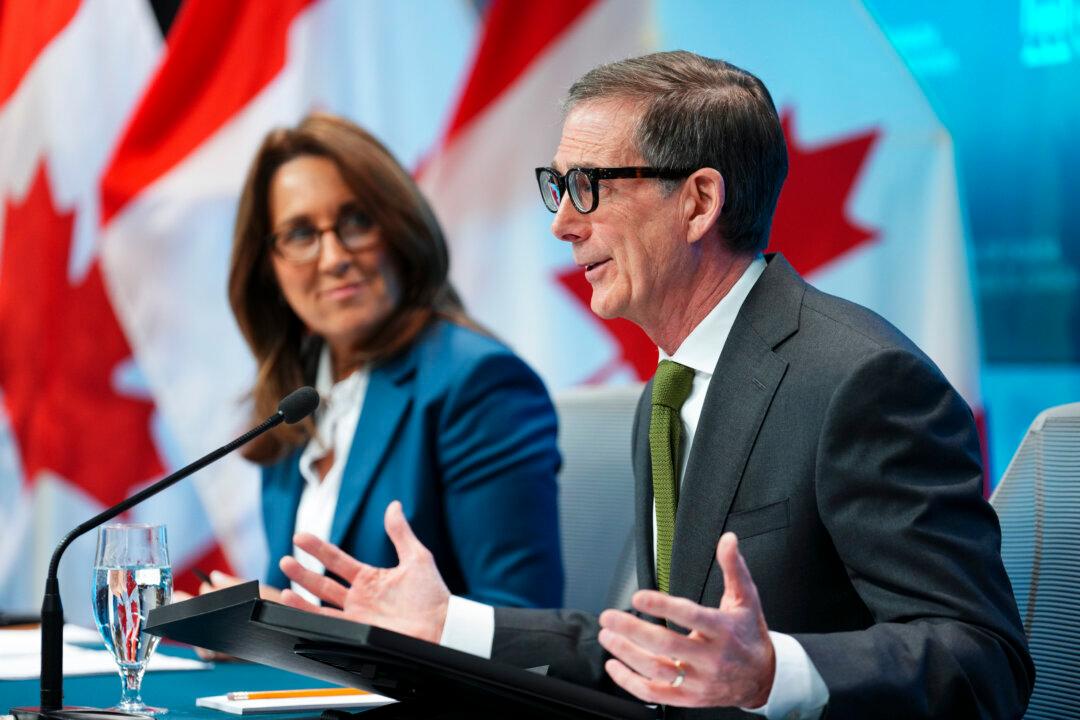Describing business investment as “soft” has become a fixture of Federal Reserve statements for over a year now. A long period of reduced capital spending decreases economic potential and depresses interest rates, which hurts savers and encourages potentially excessive risk taking.
The Fed held its key rate unchanged at 0.25 to 0.50 percent on Wednesday, Sept. 21. While the U.S. central bank is pleased with the economy’s progress and Fed chair Janet Yellen said the case for a rate hike strengthened, the estimate of the Fed’s key rate in the longer run—the neutral rate—fell.
The neutral rate is something of a theoretical concept. It represents the equilibrium interest rate (without need for add-ons to compensate for various risks) that exists in a “perfect” economy—one that is operating at its full potential without needing a boost or a cooling off from monetary policy.
The Fed’s Sept. 21 economic projections showed that its estimate of the neutral rate came down to 2.875 percent.
BMO senior economist Michael Gregory points out that the first time the Fed published its neutral rate estimate, in January 2012, it was 4.25 percent. In just under five years, that rate has been cut by nearly 1.5 percent.
Yellen noted that the neutral rate is “quite low by historical standards” in her press conference.
Neutral Rate and Business Investment Linked
Business investment includes nonresidential construction, machinery, but also software and intellectual property. It’s a critical input to an economy’s growth potential. With more capital spending per worker, a worker is more productive.
Yellen didn’t elaborate on the decline in U.S. business investment other than saying it is broad-based and not limited to the energy sector, which has seen drilling activity slow down since the sharp drop in oil prices. But in recent speeches, Bank of Canada officials discussed the connection between slumping business investment and the neutral rate and the problems that causes.
“In a lower-growth environment, businesses invest less and therefore have lower financing needs. This drives down the neutral rate, since a lower level of interest rates is required to equate savings with investment,” said Bank of Canada Senior Deputy Governor Carolyn Wilkins in London, England on Sept. 14.
The BoC estimates the neutral rate in Canada to be 1.25 percent now, which is down from about 3 percent in the early 2000s.





